No Spare Tire?
 and cost. When you're stuck by the side of the road, though, none of that really matters much, does it?
and cost. When you're stuck by the side of the road, though, none of that really matters much, does it? 4 Things About Tires You May Not Have Known
Tires all look sort of the same…round and black…and people tend to think tires don’t change much over the years. That’s really not true, though – engineers and designers are constantly working on advances in tire designs for more miles, better fuel economy and better performance.
Here’s a rundown of current trends in tire technology you may not have been aware of:
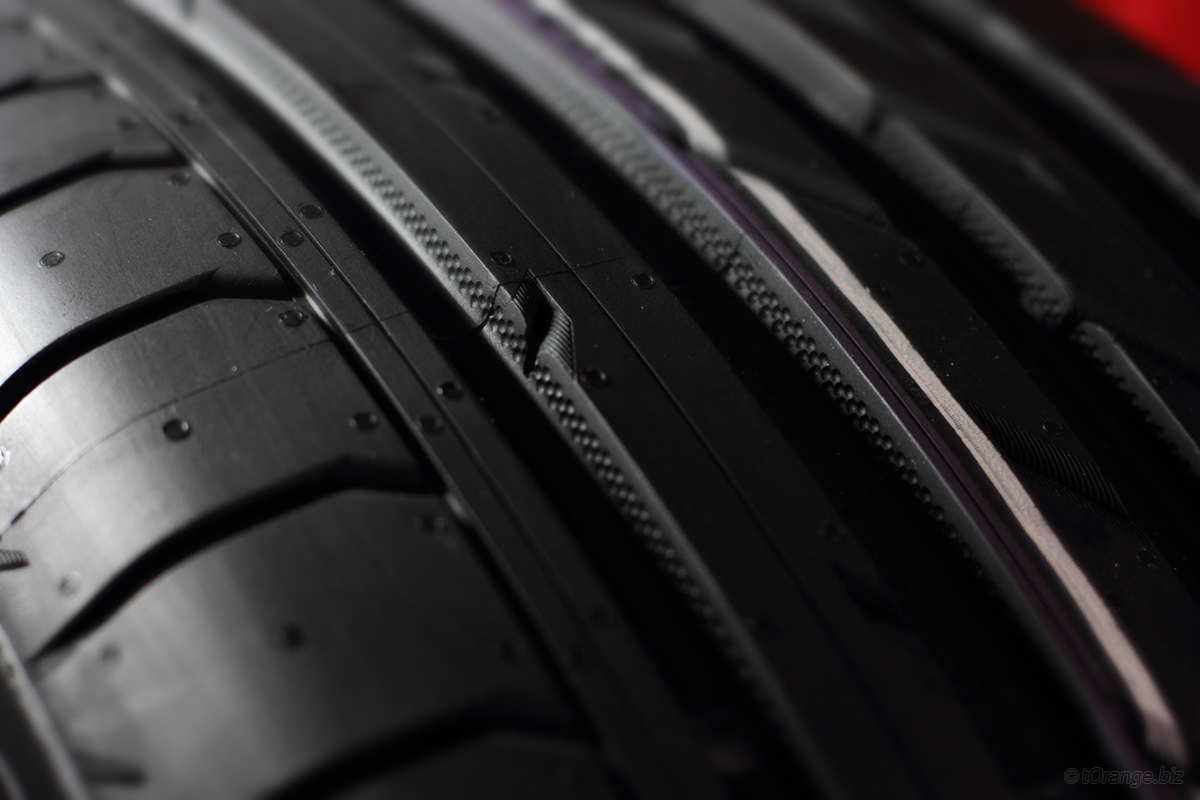
- Tall, skinny tires are coming back. If you’ve ever ridden a beach cruiser bike vs. a racing bike, you know that skinny tires have lower rolling resistance. Carmakers are going in that direction, too – the BMW i3 electric/plug-in hybrid uses Bridgestone Ecopia tires, with higher inflation pressure and a taller, skinnier profile. Tall, skinny tires also redu ...[more]
Mixing Tires – Bad Idea
In a perfect world, all four tires would wear out at the same time. In the same perfect world, everyone would be able to afford a whole set of tires all at once. Unfortunately, things often just do not work out that way.
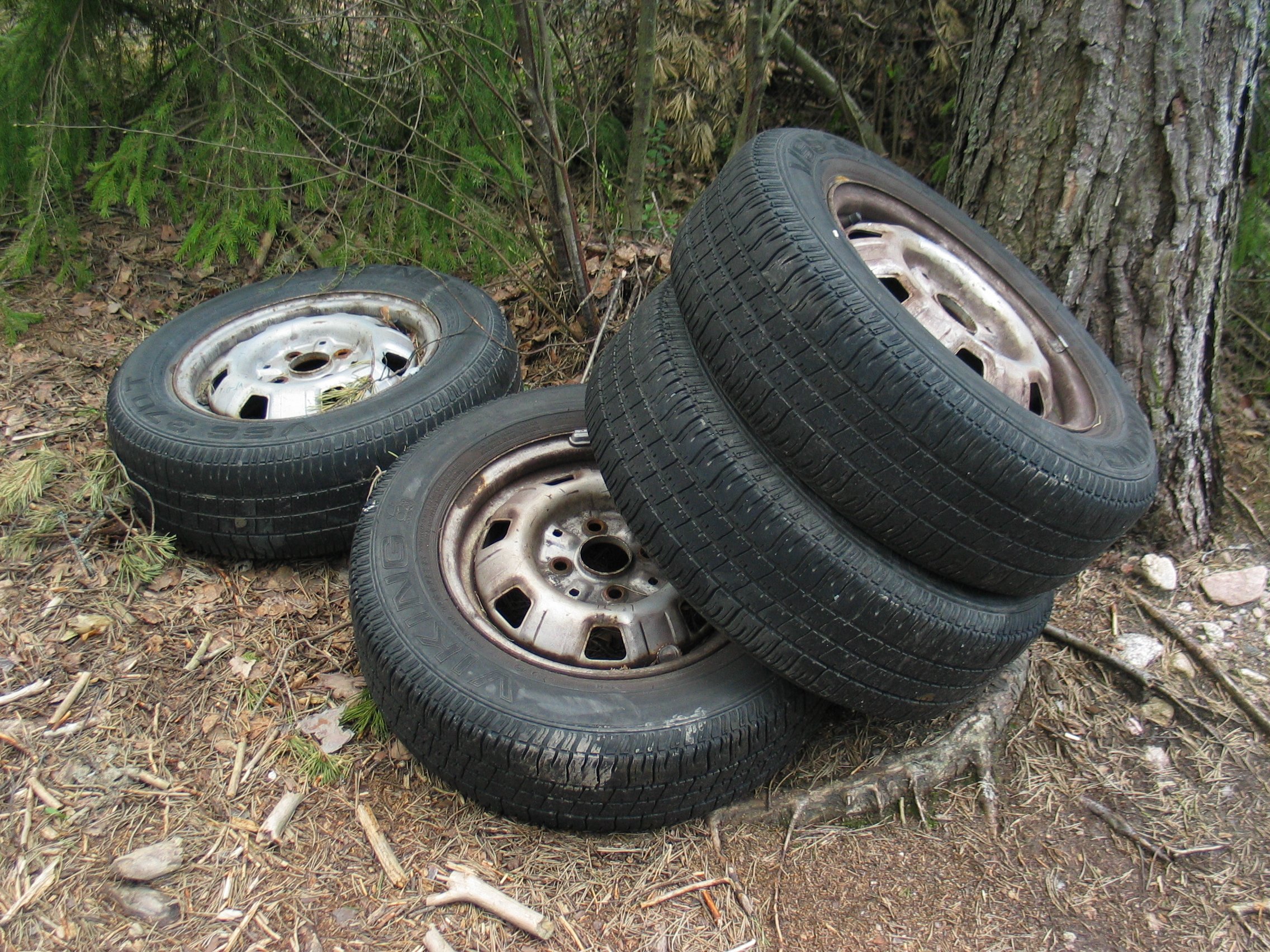
Sometimes you may just have to replace tires as you can afford them, one or two at a time, but there are some important things to bear in mind if you have to do that.
If you can only afford to replace one or two tires, it’s essential that you go with tires that are identical (or at least as close as possible) to the car’s remaining tires. That means that internal construction, size, tread pattern and design should be close to the same. Don’t mix winter tires with all-season tires, don’t mix run-flat tires with ...[more]
Get The Most Out Of That Set Of Tires
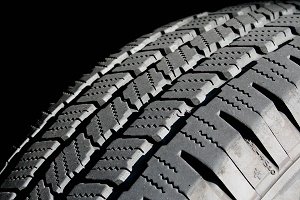
Winter Tires? Or All-Season Tires?
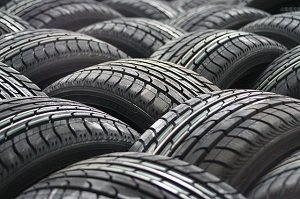
Are All-Season Tires Really All-Season?
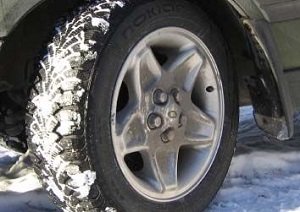
Do Your Homework on Tire Safety
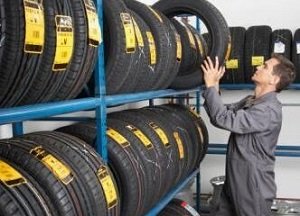
Is it Time for New Tires?
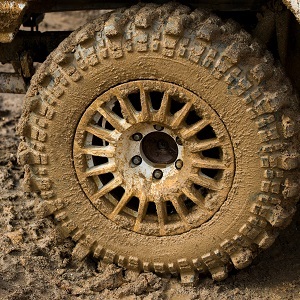 Your tires are the only part of your vehicle that come into physical contact with the road, making proper tire maintenance a crucial element of driver safety. With the ability to stop, start, and transport us wherever we wish to go, having well maintained tires can mean the difference between a pleasant Sunday drive and a Sunday spent in the shop. There are three crucial components to consider when deciding if it is time to replace your tires: your normal driving conditions, tread wear, and the age of your tires.
Your tires are the only part of your vehicle that come into physical contact with the road, making proper tire maintenance a crucial element of driver safety. With the ability to stop, start, and transport us wherever we wish to go, having well maintained tires can mean the difference between a pleasant Sunday drive and a Sunday spent in the shop. There are three crucial components to consider when deciding if it is time to replace your tires: your normal driving conditions, tread wear, and the age of your tires.